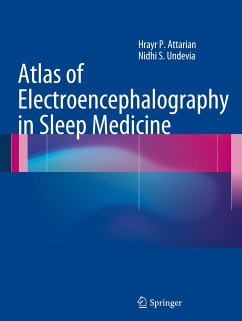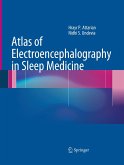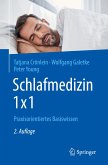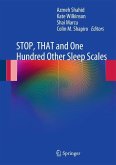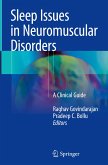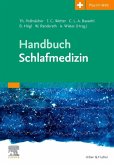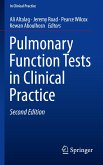Sleep Medicine is a field that attracts physicians from a variety of clinical backgrounds. As a result, the majority of sleep specialists who interpret sleep studies (PSG) do not have specialized training in neurophysiology and electroencephalography (EEG) interpretation. Given this and the fact that PSGs usually are run at a third of the speed of EEGs and that they usually have a limited array of electrodes, waveforms frequently appear different on the PSGs compared to the EEGs. This can lead to challenges interpreting certain unusual looking activity that may or may not be pathological.
This Atlas of Electroencephalograpy in Sleep Medicine is extensively illustrated and provides an array of examples of normal waveforms commonly seen on PSG, in addition to normal variants, epileptiform and non-epileptiform abnormalities and common artifacts. This resource is divided into five main sections with a range of topics and chapters per section. The sections cover Normal Sleep Stages; Normal Variants; Epileptiform Abnormalities; Non-epileptiform Abnormalities; and Artifacts. Each example includes a brief description of each EEG together with its clinical significance, if any. Setting the book apart from others in the field is the following feature: Each EEG discussed consists of three views of the same page -- one at a full EEG montage with 30mm/sec paper speed, the same montage at 10mm/sec (PSG speed) and a third showing the same thing at 10 mm/sec, but with the abbreviated PSG montage.
Unique and the first resource of its kind in sleep medicine, the Atlas of Electroencephalograpy in Sleep Medicine will greatly assist those physicians and sleep specialists who read PSGs to identify common and unusual waveforms on EEG as they may appear during a sleep study and serve as a reference for them in that capacity.
Hinweis: Dieser Artikel kann nur an eine deutsche Lieferadresse ausgeliefert werden.
This Atlas of Electroencephalograpy in Sleep Medicine is extensively illustrated and provides an array of examples of normal waveforms commonly seen on PSG, in addition to normal variants, epileptiform and non-epileptiform abnormalities and common artifacts. This resource is divided into five main sections with a range of topics and chapters per section. The sections cover Normal Sleep Stages; Normal Variants; Epileptiform Abnormalities; Non-epileptiform Abnormalities; and Artifacts. Each example includes a brief description of each EEG together with its clinical significance, if any. Setting the book apart from others in the field is the following feature: Each EEG discussed consists of three views of the same page -- one at a full EEG montage with 30mm/sec paper speed, the same montage at 10mm/sec (PSG speed) and a third showing the same thing at 10 mm/sec, but with the abbreviated PSG montage.
Unique and the first resource of its kind in sleep medicine, the Atlas of Electroencephalograpy in Sleep Medicine will greatly assist those physicians and sleep specialists who read PSGs to identify common and unusual waveforms on EEG as they may appear during a sleep study and serve as a reference for them in that capacity.
Hinweis: Dieser Artikel kann nur an eine deutsche Lieferadresse ausgeliefert werden.
From the reviews:
"Normal findings, abnormal findings and artifacts seen in electroencephalography (EEG) studies during polysomnography are presented in this atlas. ... The book is written for physicians trained in internal medicine, otolaryngology, neurology, pediatrics, psychiatry, and pulmonary medicine who go on to practice clinical sleep medicine. ... This is a much needed resource. The text is concise and the images are relevant. The information is presented well and will likely be helpful to those who are not formally trained in EEG." (Srijana Zarkou, Doody's Review Service, June, 2012)
"Normal findings, abnormal findings and artifacts seen in electroencephalography (EEG) studies during polysomnography are presented in this atlas. ... The book is written for physicians trained in internal medicine, otolaryngology, neurology, pediatrics, psychiatry, and pulmonary medicine who go on to practice clinical sleep medicine. ... This is a much needed resource. The text is concise and the images are relevant. The information is presented well and will likely be helpful to those who are not formally trained in EEG." (Srijana Zarkou, Doody's Review Service, June, 2012)

